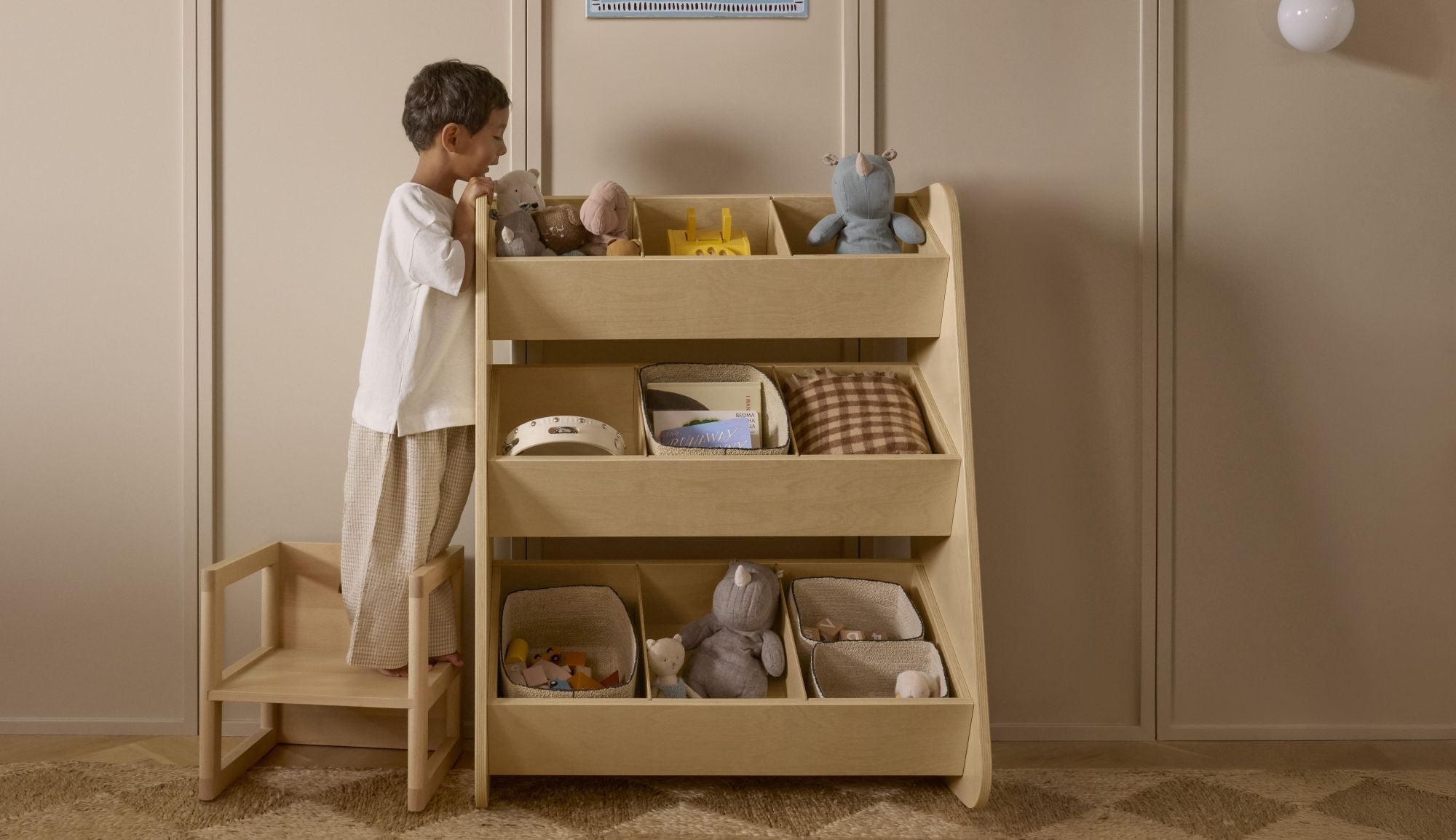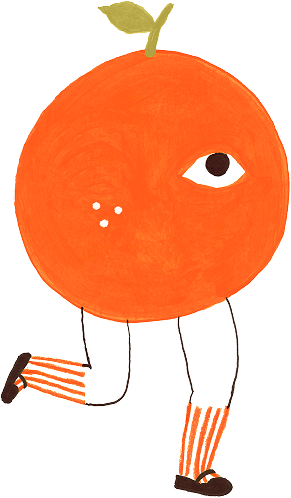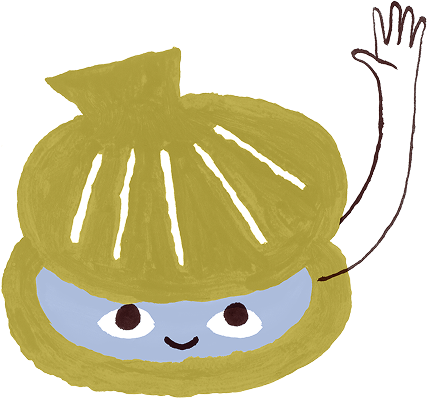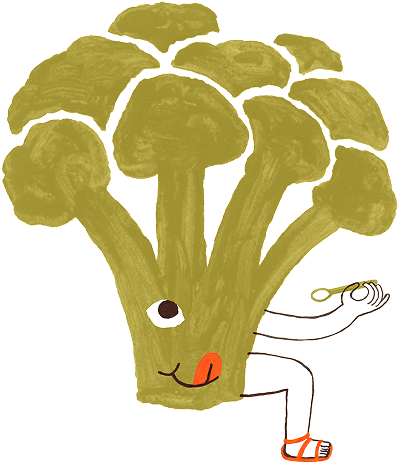"Help clean up!" you say cheerfully, and your toddler defiantly says "no!". What if, instead of willfully disobeying you, your child is developmentally unable to do what you ask them to do? Through a Montessori lens, teachers and parents understand that young children aren't often trying to be defiant or difficult. Early childhood development explains that children take time to build a moral compass.
The Montessori method, and specifically Montessori's theory on how children develop obedience, changed how I raised my young children. What does Montessori say about obedience? How might Montessori theories influence your interactions with your child?
The Levels of Obedience: Montessori's Theory
Dr. Montessori spent years observing young children and their behavior. One thing she noticed was how children learn to obey caregivers. According to Montessori, learning to listen or obey happens in three stages.
In her book, The Absorbent Mind, Dr. Montessori explained the three levels of obedience in detail.
Level 1: The Child Obeys When It Corresponds with Their Wants
At this level, children are typically young, perhaps from about 1 to 4 years old. Children follow their own will based on needs, instincts, and desires. Sometimes, they may do what you want, as long as it corresponds with what they want to do.
For example, if you ask your toddler to wash their hands and they think it will be fun to play with water, they may agree and happily wash their hands. However, what you want them to do and what they want to do don't always align. In other words, sometimes they may obey, but not always.
You may notice this with hitting and biting. Although your child may know that they shouldn't hit or bite others, they can't always override their instincts. As a result, your child may still make some mistakes as they learn to follow rules.
Level 2: The Child Obeys to Please their Teacher or Parent
In The Absorbent Mind, Dr. Montessori wrote that level 2 "...is the highest form of obedience to which present-day education ever aspires. The ordinary teacher asks only that she be obeyed."
In other words, your child may follow the rules and obey, but they only do it to make you happy or avoid a consequence. Their heart may not be in it, and your child may only obey begrudgingly.
You may notice this type of obedience when you ask your child to do something, and they sigh and groan before completing the task. Instead of happily complying, they're annoyed about the request even if they do follow through.
This can be a natural, normal response because life isn't always fun and exciting. At times, it is necessary to complete mundane tasks such as washing the dishes or cleaning the bathroom. Compliance while grumbling is sometimes the best you can hope for. This is even true for adults completing tedious or unpleasant tasks.
Yet, there is a level of obedience beyond level 2 that taps into a deeper sense of meaning and purpose.

Level 3: Joyful Obedience
At level 3 of Montessori obedience, children comply joyfully. They can recognize the benefits of what their parents are asking of them and want to help. In many instances, you might not even have to ask your child for help. Your child will simply notice a task needs to be done and do it.
In her writing, Dr. Montessori explains that this may come in part from a child's sense of belonging to a community. For example, if you ask your child to fill the water pitcher for supper, your child might think, "If I fill the water pitcher, everyone will have something to drink."
Joyful obedience also relates to your child's moral reasoning. Understanding what's right and wrong and then acting on that takes some practice. For example, if your child bumps into you and knocks a stack of papers out of your hands, they may understand that they should help pick the papers up.
Or, if you're feeling sick, your child might offer to get you a glass of water. Another example might be that you're cleaning up the house before a visit, and your child helps pick up their toys without you asking. These are signs that your child is internalizing the values of responsibility, cooperation, and care for others.
Understanding Where Your Child Is
When my children were toddlers, my understanding from working in Montessori programs helped me. I knew that as toddlers, it's impossible for them to always obey. Sometimes they follow rules, and other times they don't. Knowing this helps me not take it personally and search for creative solutions.
As a young child, my youngest son sometimes ran away from me in public places. At one point, a stranger even stepped in and grabbed him for me as I chased him down a hill, yelling for him to stop. It was too fun for him to run, and he couldn't obey when I called after him to wait for me. This was a safety issue that we had to work through.
Instead of losing my patience each time, I was able to set realistic expectations for him and myself. Knowing that he couldn't always follow the rule of not bolting away, we created a new boundary. When outside in public, he had to hold my hand.
Eventually, he achieved the second level of obedience, and I can now trust him to follow instructions.
Working Toward Joyful Obedience
Older children often achieve the second level of obedience simply through life experiences at home and school. So, how do you help your child move toward the third level of obedience?
As Dr. Montessori explained, "Nothing is gained by mere imitation or forced obedience." If children only comply because they want to avoid a punishment, we're not cultivating their inner discipline and moral reasoning.
The Keys to Joyful Obedience
The keys to joyful obedience are building inner discipline and moral reasoning. One way children build these areas is by contributing to their communities. In the Montessori classroom, children learn to help care for the environment, creating a neat, organized space for all students. Similarly, children can learn to help care for their home.
Parents can teach children to contribute by assigning chores, encouraging independence, and using descriptive praise. It doesn't result in joyful obedience overnight. Instead, this is a slow process that takes time to achieve, typically appearing in the elementary years.
Also, parents need to maintain reasonable expectations. Your child may be good-natured and demonstrate joyful obedience sometimes, but not all the time. This is what happens at my house with my three children.
Moral Development and Obedience
Psychologists like Piaget and Kohlberg also frame children's moral development in similar stages or levels to how Montessori described obedience. For example, Kohlberg's theory says there are three levels of moral development:
Preconventional: Young children want to avoid punishment or get a prize.
Conventional: Children often reach this stage around age 8. At this stage, people follow rules because they recognize they are necessary for living in a society, or they want to please others.
Post Conventional: People develop a personal ethical code or morality. For example, that life is sacred and you might have to break rules to save a person's life.
A foundation in early childhood development and understanding how children make decisions can make it easier for parents to see their child's point of view. As a result, parenting and supporting your child's development is a little easier.
The Montessori Levels of Obedience: A Lens for Understanding Behavior
Montessori's theory on obedience provides parents and caregivers a helpful lens through which to view behavior. Toddlers don't disobey out of naughtiness or a desire to be difficult. Instead, it's not always developmentally possible to consistently comply with requests.
Similarly, older children may obey most of the time, but they might not always be happy about it. This is also normal. Children need to develop a sense of community and responsibility to achieve joyful obedience.
Has your child achieved joyful obedience?
Are you ready to learn more about Montessori? Discover more tips on Montessori parenting and Montessori discipline.








Leave a comment
This site is protected by hCaptcha and the hCaptcha Privacy Policy and Terms of Service apply.